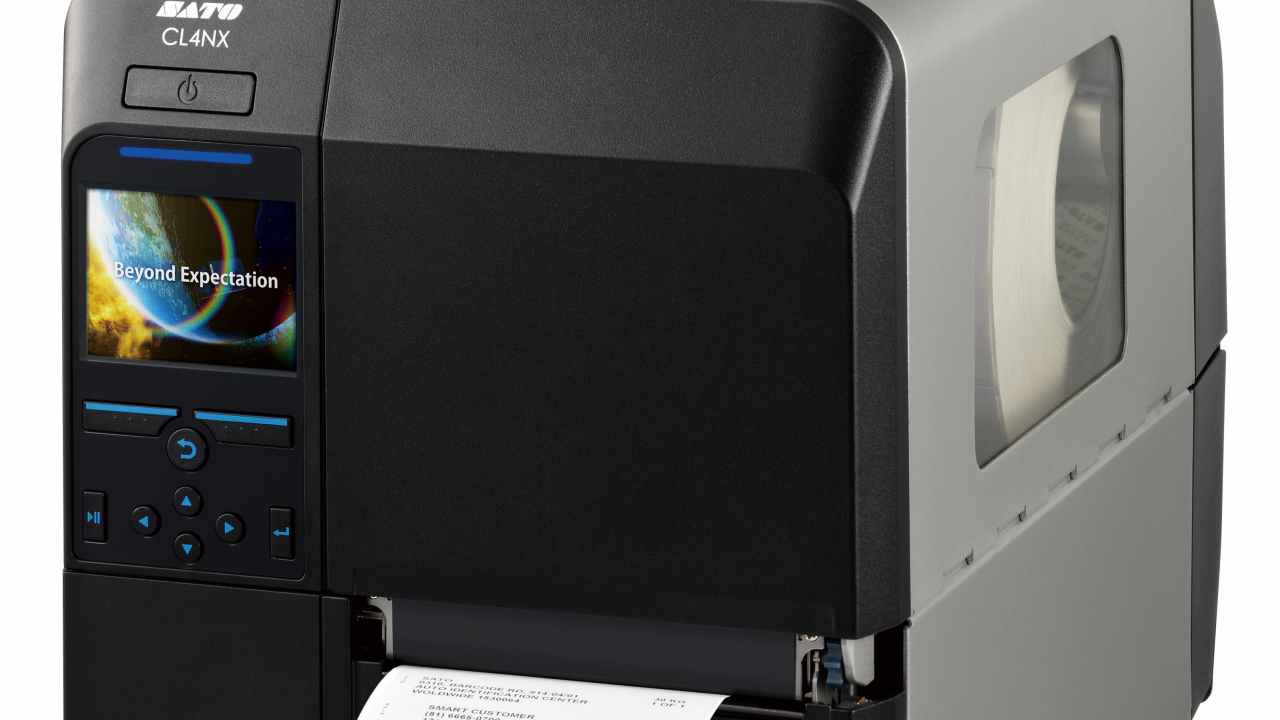Sato and LRS develop app
Sato has collaborated with enterprise output and print management software provider Levi, Ray & Shoup (LRS) to develop a new application intended to eliminate the likelihood of duplicate or unprinted labels following an interruption to the print process.

Duplicate labels or unprinted labels represent a major cause of inefficiency that can have severe and expensive consequences in environments from hospitals to logistics, where labels are crucial to business processes and enable vital information to be transferred through the supply chain, and enabling tracking and tracing of everything from essential medicines to automotive parts.
The new app is said to improve efficiency and reduce labeling errors by enabling VPSX bi-directional PJL controlled delivery of data to Sato CLNX series label printers. This capability enables the printer to pick up precisely where it left off if the process is unexpectedly interrupted, without the need for human intervention, said the companies.
It is claimed that using the new Sato app and LRS VPSX bi-directional PJL delivery will give customers ‘unprecedented control and assurance’ over their label printing, both preventing problems and providing automatic recovery following an interruption.
VPSX bi-directional PJL facilitates guaranteed delivery of print data to devices and monitors on a page-by-page basis, allowing the device to notify VPSX when a print job has physically been printed. In the case of device failure, the print run can automatically be restarted from the page where the failure occurred, eliminating duplicate labels.
The app is fully compatible with Sato’s AEP (application enabled printing) technology, and is installed directly onto the printer via USB or internal network. Updates and additions can be incorporated into the app and then rolled out from a central environment control centre. Furthermore, additional apps can be generated using AEP technology in order to enhance the tasks the printer can undertake, such as polling additional data for other purposes or using the printer’s display to relay additional commands to the operator.
Stay up to date
Subscribe to the free Label News newsletter and receive the latest content every week. We'll never share your email address.

